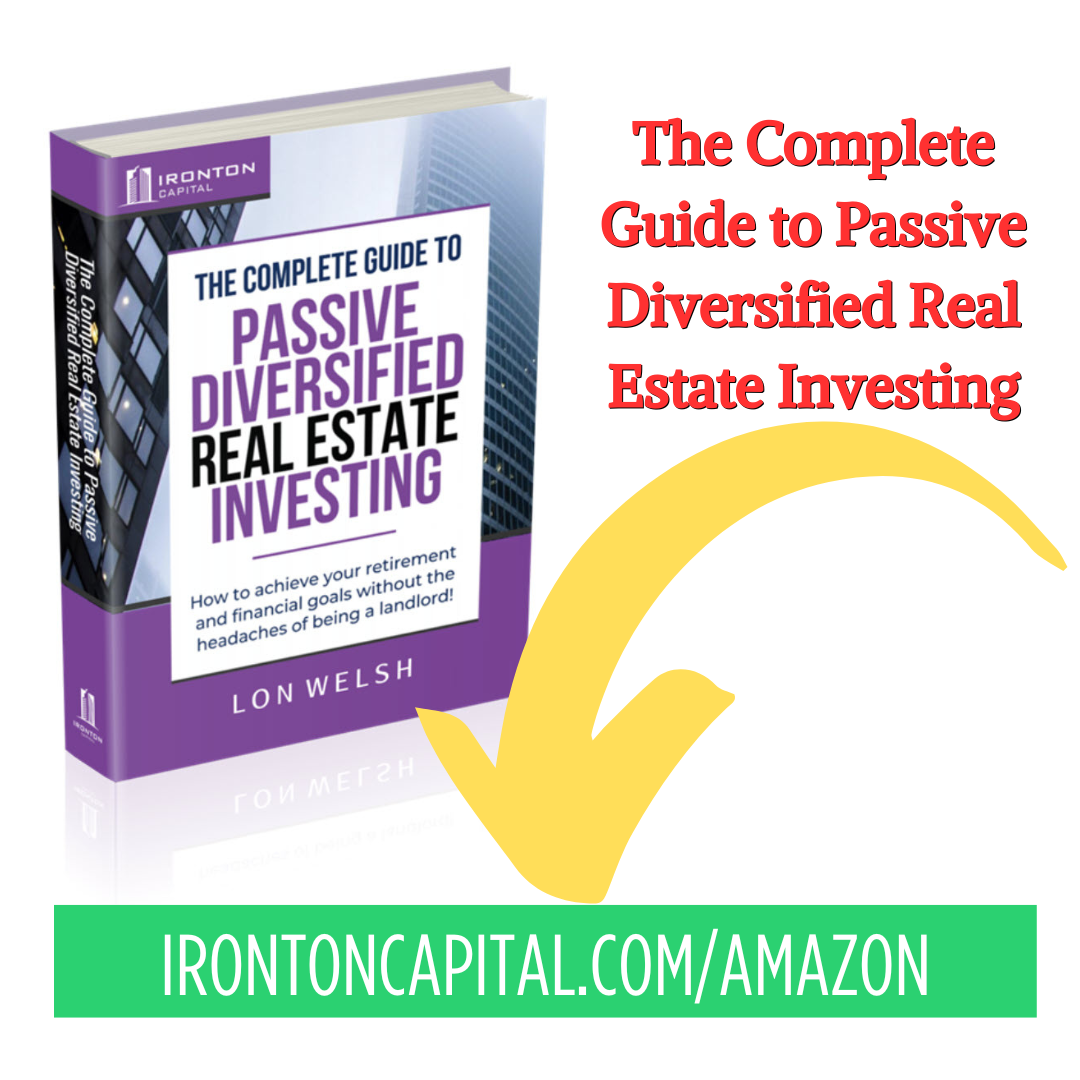Typical Financial Goals
Have you ever sat down to plan your financial future and wondered:
1. Will I have enough for retirement?
2. Can I retire comfortably before I’m too old to enjoy it?
3. Will I be able to… send a child or grandchild to college, own a family vacation home, leave a legacy for my family, or give back to my community?
Then you pulled out your computer and checked out Oppenheimer, Fidelity, Vanguard or a similar website. You were probably told that your current rate of savings, combined with typical stock market returns, will not enable you to meet your goals. You needed to find another way.
Retirement worries are common among Americans, with a notable percentage expressing concerns about their financial readiness for later years. The Employee Benefit Research Institute’s 2021 survey revealed that 4 in 10 American workers are projected to fall short of what they need in retirement savings. This finding underscores the widespread nature of retirement anxieties, cutting across various demographics.
The Pew Research Center’s study highlighted the generational aspect of these concerns, with 61% of young adults, 64% of middle-aged adults, and 57% of older adults expressing worry about their retirement savings.
You’ve likely discovered that real estate is likely part of the solution to your financial objectives. It will diversify your investments from just stocks and bonds and historically it generates much higher returns.
But you are likely a busy professional, with an even busier partner. Whatever limited free time you do have, you don’t want to spend running real estate investments. Isn’t there a way to invest passively with a managed amount of risk?
That’s what we’re here to investigate together!
Retirement Calculator – Stocks/Bonds Plan
Briefly, let’s determine how much you can withdraw from your retirement savings annually while ensuring it lasts your lifetime. This depends on various factors, including your age, life expectancy, investment returns, and spending habits. You’ll want to work with your CPA or financial planner to develop a more robust estimate than the quick estimate here, but this should give you a rough idea.
A common rule of thumb is the 4% rule, which suggests withdrawing 4% of your retirement savings in the first year and adjusting for inflation thereafter.
For example, if you have $500,000 saved, you could withdraw $20,000 in the first year. This rule aims to balance spending needs with the preservation of savings.
In other words, to get $1 of consistent retirement income, you need $25 in savings. The formula is:
$1 spending / 4% return = $25 in savings
If you want $200,000 of annual income in retirement:
$200,000 annual spend / 4% return = $5,000,000 in savings
No wonder so many people are stressed about retirement savings!
Vanguard reports that over the last 70 years, a typical 60% stock and 40% bond portfolio has generated an average annual return of approximately 7% to 8%. Actual returns can vary depending on specific market conditions and investment strategies employed within the portfolio.
And over the past 70 years, the average US rate of inflation has been about 3% per year. This figure reflects the general increase in prices for goods and services over an extended period, as measured by indices such as the Consumer Price Index (CPI).
The 4% withdraw rule is just the expected return (7%) less the expected inflation (3%). The amount you can draw out of savings each year will grow a bit, to keep pace with inflation.
7% total return – 3% expected inflation =
4% annual withdraw amount
Retirement Calculator – Real Estate Plan
If you want a better retirement lifestyle, you need to increase the return from 7-8% to something higher, without taking a lot of extra risk – and that’s why a lot of us turn to real estate.
A well-diversified real portfolio of 30-40 commercial properties can generate a return of 17-20% per year. Assume 17% and take 3% off for the inflation factor. That leaves 14%.
How does this impact your savings requirement?
$200,000 annual spend / 14% return = $1,430,000 in savings
You have reduced your savings requirement from $5,000,000 to $1,430,000, and still achieved the same $200,000 annual spend goal.
And there are advantages to the risk adverse. A well-diversified real estate portfolio typically exhibits lower investment return risk compared to a stock and bond portfolio.
Real estate returns are notably less volatile than the average annual return of U.S. stocks, as reported by data from the Credit Suisse Global Investment Returns Yearbook. While real estate values can fluctuate, they generally don’t experience the same level of short-term price swings as stocks.
In fact, according to research by the National Council of Real Estate Investment Fiduciaries (NCREIF), real estate investments often provide more stable and predictable returns over the long term, with less volatility than stocks.
What’s the drawback? Liquidity.
It’s essential to note that real estate investments are much less liquid than stocks and bonds, meaning they can be harder to sell quickly if needed. You wouldn’t want ALL your portfolio to be in real estate for this reason. You’ve got to be diversified.
Retirement Calculator – Diversified Plan
Overall, a diversified portfolio including both real estate and stocks/bonds can help mitigate overall investment risk while potentially enhancing returns.
For example, if you put half of your savings into diversified real estate and half into a traditional stock/bond portfolio, you’d expect a return about halfway between 7-8% (stocks/bonds) and 17-20% (real estate), or 13%. Take out 3% for inflation. How much savings do we need now?
$200,000 annual spend / 10% return = $2,000,000 in savings
For most Americans, saving $2,000,000 for retirement is a lot more realistic than saving $5,000,000. You can retire sooner and retire better by adding real estate for diversification.
You can leverage and diversify your investments, passively! Book your 15min investment review at https://irontoncapital.com/myreview to see if our funds are a good fit for your portfolio.

